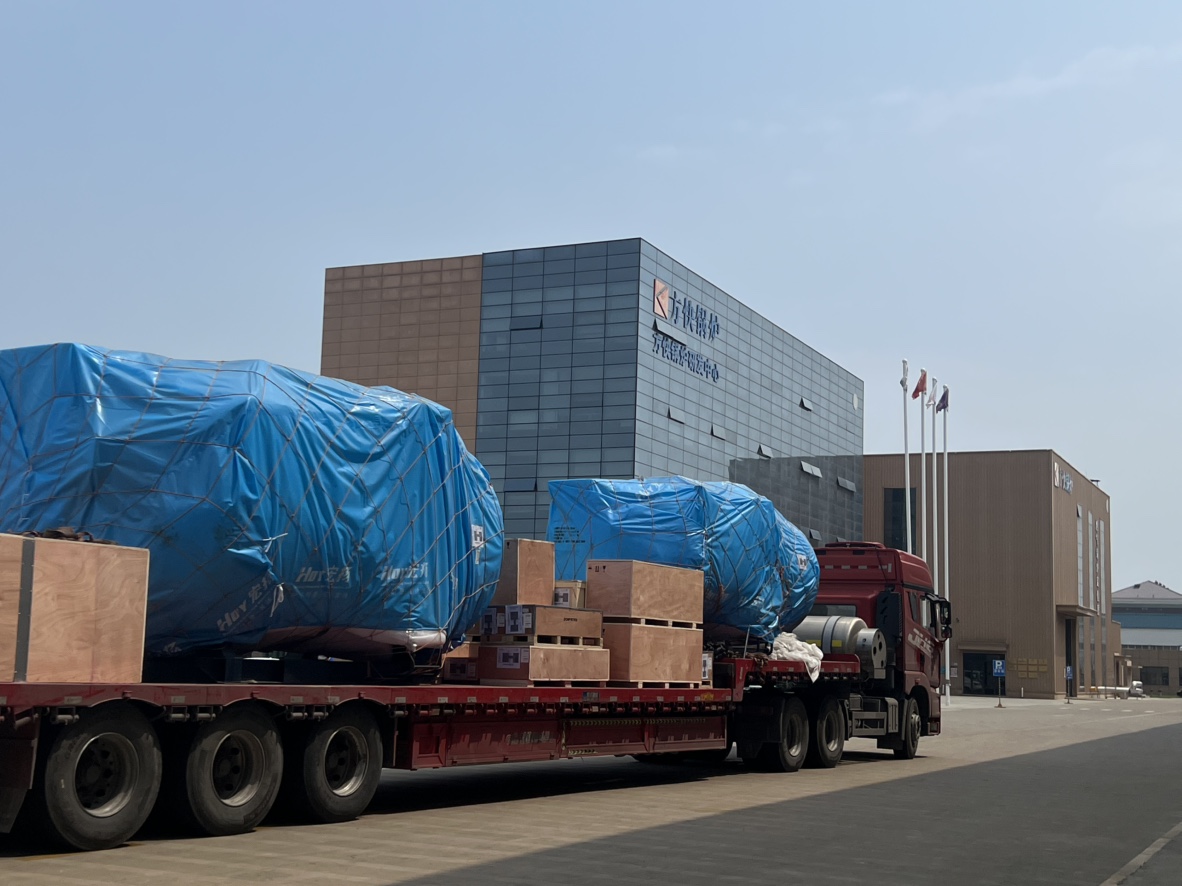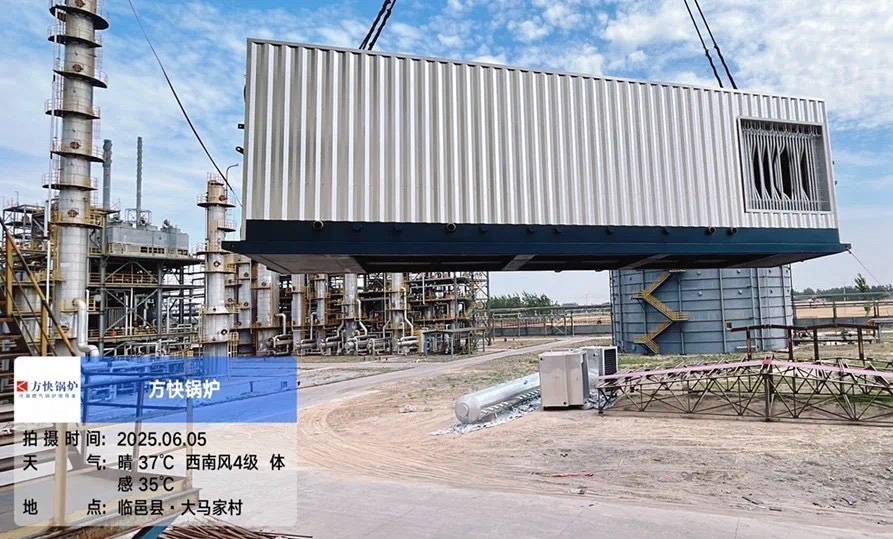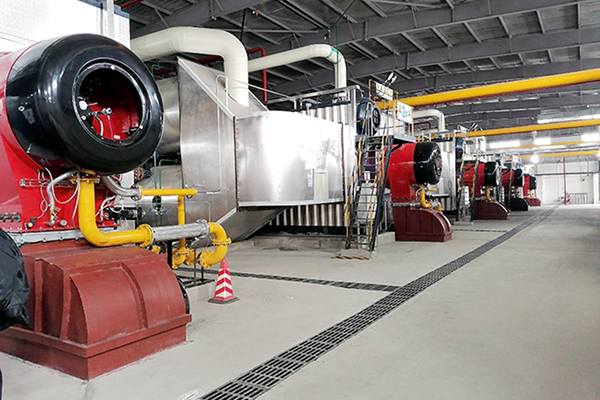Many business owners seeking industrial steam boilers wonder: “Why can’t manufacturers provide a standard price list?”The answer lies in complexity. Variables like evaporation capacity, steam pressure, steam temperature, boiler house layout, materials, and fuel type drastically impact pricing. Here’s how to get accurate quotes faster, minimize communication delays, secure competitive pricing, and optimize boiler room design.
1. Assess Your Steam Boiler Requirements
-
Steam Output & Pressure: Determine how much steam (tons/hour) and what pressure your process needs. Larger output or higher pressure boilers are more expensive, so pick the smallest boiler that meets your needs. Also note the required steam temperature.
-
Fuel Type & Fuel Cost: Decide on the fuel (natural gas, oil, biomass, etc.) you will use. Fuel choice affects boiler design (e.g. burners, feed systems) and running costs. Research local fuel prices, as this impacts operating cost even if the boiler price is similar. (For example, biomass boilers are more complex but can use cheaper fuel.)
-
Environmental and Efficiency Considerations: Check local emissions or efficiency regulations. High-efficiency or low-emission boilers often have higher upfront cost but may qualify for subsidies or lower future fuel costs. For instance, condensing boilers or those with low NOₓ burners cost more initially but save on fuel and emission penalties.
-
Special Requirements: Identify any unique needs such as condensate recovery, water treatment, digital controls, or specific safety standards. These features should be specified early so they’re included in the quote.
By completing this checklist, you’ll have the key data to request an accurate quote.
2. Find a Boiler Manufacturer and Provide Specifications
Choose a reputable boiler manufacturer (look for certifications like ASME, CE, ISO9001, etc.). When you contact WhatsApp(86 18269957295), be as detailed as possible. Include all parameters: steam capacity, pressure, temperature, fuel type, and control preferences. Crucially, provide boiler room details – room dimensions, layout, and any clearance requirements. A clear diagram or photo of your boiler room (as shown above) helps the supplier plan the installation. Proper site planning can avoid costly surprises – for example, tight spaces or difficult access may require special piping or handling. Also state the quantity of boilers needed and any desired delivery terms (e.g. EXW, FOB).
-
Example Request: When emailing or messaging the manufacturer, list your specs. For example, “Requirement: 25 ton/hr steam at 1.6 MPa, from a natural gas boiler. Include built-in controls and safety valves. Two units needed.” Make sure to mention the fuel price or budget for operating costs if available.
-
Commercial Terms: Specify preferred Incoterms (EXW, FOB, etc.) and currency. This ensures the quote covers the correct costs (manufacturing vs. shipping).
Providing a complete set of requirements up front lets the supplier give you an accurate proposal quickly.
3. Finalize the Order and Begin Production
Once you’ve reviewed the quote and reached agreement, sign a sales contract. You will typically pay a deposit (often 30–50%) to start production. At this stage, ask about the production schedule. Many manufacturers note delivery times of about 15–25 days for small boilers (≤6 tons/hr) and 25–40 days for larger units. (Longer lead times may apply for custom or oversized steam boilers.)
-
You may be offered a Factory Acceptance Test (FAT) or factory visit. This lets you inspect the boiler during fabrication or assembly. Some companies allow online video tours if you cannot travel.
-
Keep lines of communication open: Confirm details like paint color, label languages, and any site-specific requirements before production finishes.
With contract signed and production underway, your steam boiler will be built to the specifications you provided.
4. Inspection, Testing and Quality Assurance
Before shipping, the steam boiler must pass rigorous testing. Quality manufacturers follow strict procedures and record each step. Key tests include:
-
Hydrostatic Pressure Test: The boiler is filled with water and pressurized to at least 1.5× the design pressure. This ensures there are no weld leaks or defects. For example, one guideline explains that filling a boiler and holding it at 1.5 times operating pressure for 30 minutes can reveal even tiny leaks.
-
Safety and Instrument Tests: All safety valves, gauges, pumps and controls are checked and calibrated. Any electrical controls or automation are tested.
-
Operational Performance Test: If the factory has a test facility, the boiler may be run on fuel under controlled conditions to verify efficiency and emissions.
-
Documentation: Inspection records and certificates (e.g. pressure test certificates, material certificates) are prepared for delivery.
These quality checks ensure your boiler will be safe and reliable. Once the boiler passes factory tests, it’s essentially ready to run. At your site, you’ll only need a simple “fire-up” commissioning (lighting the boiler under supervision) to begin operation.

5. Shipping and Delivery
Boilers are usually shipped by ocean freight due to their size and weight. Discuss the shipping plan with your vendor. Typical ocean transit times (e.g. from China to Europe/US) are on the order of 20–45 days. For example, Maersk reports that sea freight can take 20–45 days door-to-door on average, with variations by route and season.
-
Production Lead Time: As noted, expect a few weeks of factory lead time.
-
Total Timeline: In practice, from order to arrival often takes 2–4 months (factory build plus shipping).
-
Customs and Inland Transport: Don’t forget to allow time (and budget) for customs clearance at your port and for trucking the boiler to your site.
-
Incoterms: Make sure the contract specifies who handles shipping and customs. For example, under FOB the seller loads the boiler on the ship; under FCA or EXW you arrange further transport.

If you coordinate clearly, you can track the shipment and prepare your site so the boiler is ready to install on arrival.
By following these steps and communicating all key details up front, you can greatly speed up the purchasing process. You’ll get quotes that truly match your needs, minimizing back-and-forth, and you’ll ensure you pay a competitive price for the right boiler. Quality manufacturers will work with you on layout and costs so that when your boiler is delivered, it fits your plant perfectly and starts serving your process with minimal delay.
Get your best price
Quickly compare 3 FREE quotes
- Engineer quick quote
- The overall delivery speed is fast
- Financial choice
- Low installation costs and cost savings
25 years+ of boiler R&D
More than 20 innovative technologies




